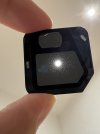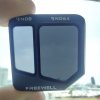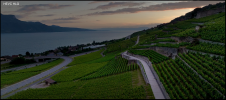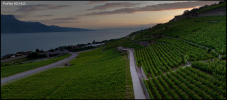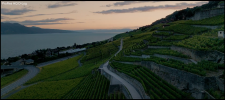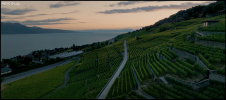Out of the 12 filters I’ve had over 3 sets (1x dark set and 2x light sets — all purchased brand new, 2 of which were sealed in retail packaging), 3 filters (25%!) have this weird "starriness" to them — they look almost like mist filters. The defect pattern is uniform and across 100% of the filter area.
Each of the 3 sets came with 1 filter which I’d consider to be defective: one ND8, one ND16, and one ND64. All filters are clean and it appears that the imperfection is in the anti-reflective coating on the front side of the filter. It is not dust. A photo of the ND16 is attached below.
Has anyone else noticed issues with OEM DJI filters (for any drone model)? Frankly I expected much better QC from something branded "Hasselblad"....
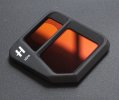
Each of the 3 sets came with 1 filter which I’d consider to be defective: one ND8, one ND16, and one ND64. All filters are clean and it appears that the imperfection is in the anti-reflective coating on the front side of the filter. It is not dust. A photo of the ND16 is attached below.
Has anyone else noticed issues with OEM DJI filters (for any drone model)? Frankly I expected much better QC from something branded "Hasselblad"....





